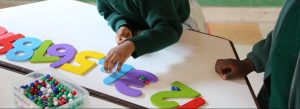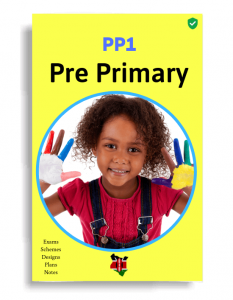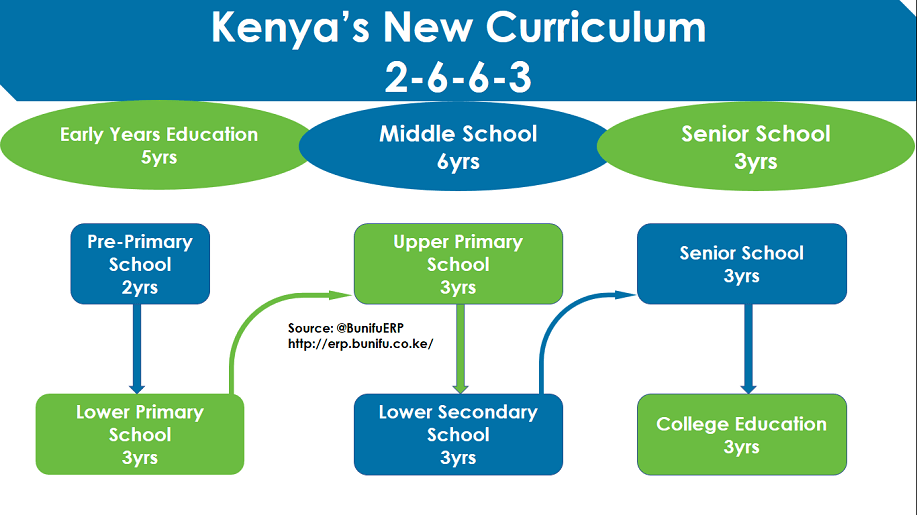Competency Based Curriculum (CBC) is a new system of education designed by the Kenya Institute of Curriculum Development (KICD) team and launched by the ministry of education in 2017. The CBC is designed to emphasize the significance of developing skills and knowledge and also applying those competencies to real life situations. The program started with a one-year piloting in specific chosen schools for pre- primary one (PP1) pupils in 2016 before being rolled out to the rest of the schools (in PP1) country wide the following year (2017). By 2020 it had reached grade four officially with a pilot program of grade five in specific chosen schools when the corona virus pandemic stopped all school programs. This year (2021) it would be at grade five but the situation is still as it was last year (2020)

The CBC curriculum aims at instilling seven core competencies by the end of the learning period. They are:
- Communication and collaboration
- Critical thinking and problem solving
- Imagination and creativity
- Citizenship
- Learning to learn
- Self-efficacy
- Digital literacy
 Besides the above competencies the learner should be molded to acquire the following values:
Besides the above competencies the learner should be molded to acquire the following values:
- Love
- Responsibility
- Respect
- Unity
- Peace
- Patriotism
- Integrity
Levels of Competency Based Curriculum
CBC is divided into three levels as illustrated in the figure below
- Early Years Education
- Middle School Education
- Senior School
A. Early Years Education
This level is divided into two: Pre-primary and lower primary

- Pre-Primary
It is a two-year period abbreviated as PP1 and PP2. A pupil is expected to join PP1 at the age 4 years. It is what was formerly known as nursery and pre-unit.
- Lower Primary
It is a three-year program starting from Grade 1, Grade 2 to Grade 3. It is what was formerly known as class1, 2 and 3. A pupil is expected to join at the age of 6 years.
B. Middle School Education
It is a three-year period. It involves Grades 4, 5 and 6. A pupils joins this level at the age of 9 years.
It was formerly known upper primary; classes 4,5 and 6. During this period a learner is expected to do exploration and experimental activities.
C. Senior School
The level is divided into two levels, i.e., lower secondary and senior secondary school.
- Lower Secondary
It has Grades 7, 8 and 9. A pupil joins this level at the age of 12 years old.
- Senior Secondary
It has Grades 10, 11 and 12. A pupil joins at the age of 15 years and goes upto 17 years old. The pupil learns further education and training of the tertiary level and the world of work.
After the senior school level, the learner joins higher education at the tertiary institution (college or university). The learner pursues a course in line with what he/she was learning at the senior level.
What is different in the New Curriculum?
- Classes are now called Grades.
- ECD has two levels only (Pre-Primary 1 and 2) that is PP1 and PP2
- Subject areas are now reoffered to as learning areas.
- Topics/sub-topics are now known as strands/sub-strands.
- Learning outcomes is the new term that replaces lesson objectives.
- Learning resources are used instead of teaching aids.
Author: Tr. Mary Muthoni



